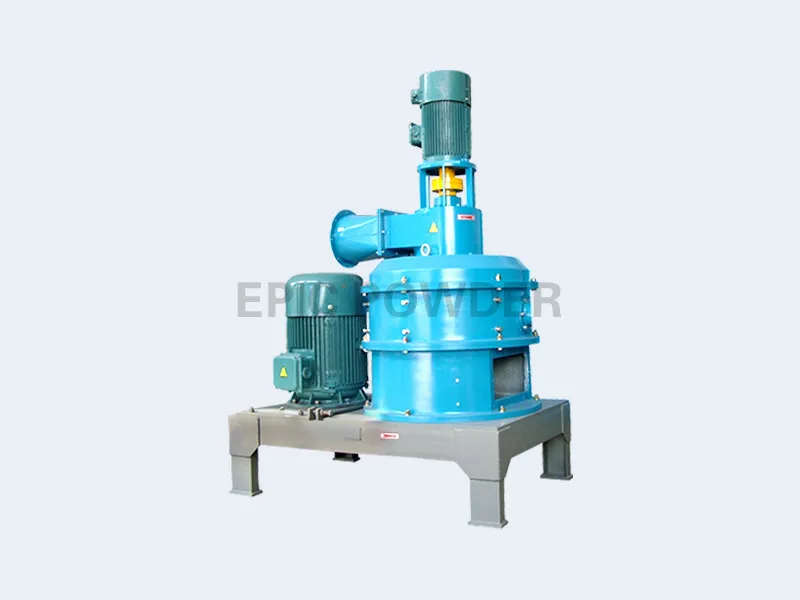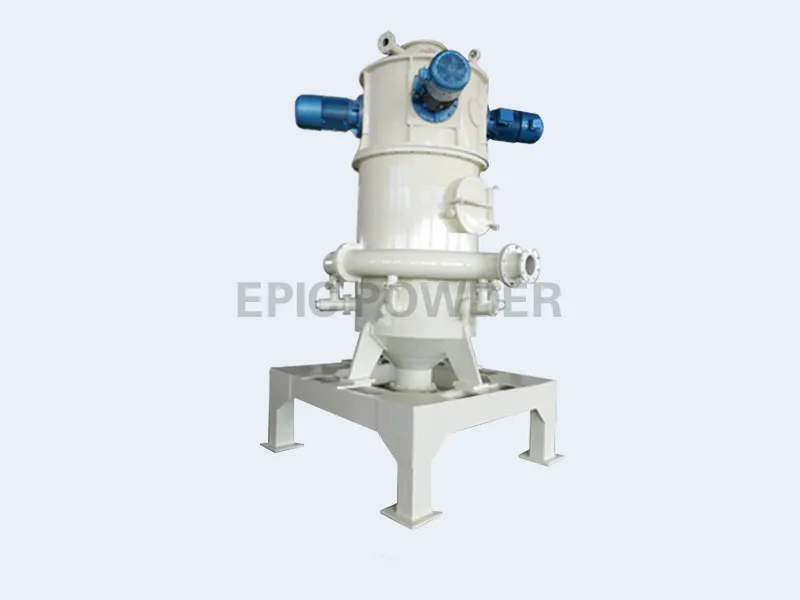Advanced ceramic raw materials, electronic ceramic raw materials, photovoltaic cell materials, quartz minerals and other medium and high hardness mineral materials have high hardness, high anti-pollution requirements, high powder fineness, and concentrated particle size distribution, which is a major problem in the grinding and classification process.
Dry and wet methods are the two most common and effective methods of comminution.
The equipment commonly used in the fine pulverization process of lithium battery cathode materials includes jet mill and mechanical mill, which are different in terms of pulverization principle and pulverization effect. According to the material characteristics, select the appropriate crushing equipment and set the optimal process parameters to meet the needs of product indicators, quality, energy consumption, etc.
The crushing and grinding of electrode materials can use many crushing equipment, such as: grinder, pin-type sand mill, jet mill, etc. Among them, the jet milling equipment is second to none. The jet milling equipment has the characteristics of large production capacity, high degree of automation, fine particle size, narrow particle size distribution, high purity, high activity, and good dispersion, which fully meet the preparation requirements of electrode materials, so it is widely used. application.
After the compressed air is frozen, filtered, and dried, it is sprayed by several nozzles set in two or three dimensions to form a supersonic airflow and injected into the crushing chamber. The jet streams of the nozzles meet at the meeting point to produce violent collision, friction and shearing to achieve ultra-fine crushing of particles. The crushed material is conveyed to the classification area by the rising airflow, and the separation of coarse and fine particles is realized under the action of the centrifugal force of the classifying wheel and the suction force of the fan. The particles enter the cyclone classifier with the airflow for further separation and collection, and the fine powder in the material continues to enter the dust collection system for dust removal.
It can be seen from the jet mill process that the equipment parameters involved include nozzle diameter, feeding amount, crushing pressure, classifying wheel linear speed, and induced air volume, which jointly affect product indicators, quality, and output.
(1) nozzle
The nozzle used in the jet mill was invented by the Swedish Laval, so it is also called “Laval nozzle”. The front half shrinks from large to small to a narrow throat in the middle, and then expands outward to the arrow base from small to large. The structure of the nozzle makes the velocity v of the airflow change due to the change of the nozzle cross-sectional area, and the airflow is from subsonic speed to sonic speed, until it accelerates to supersonic speed.
(2) Grading wheel
The grading wheel is composed of a front flange, a rear flange, multiple blades and an air sealing disc. There is a feeding gap between adjacent blades, and a cavity is formed inside a plurality of blades. The greater the linear velocity of the classifying wheel, the smaller the particle size of the product, and the linear speed is positively correlated with the diameter of the classifying wheel and positively correlated with the speed of the classifying wheel. The amount of material in the crushing chamber can be monitored by the current of the classifying wheel motor. The greater the current, the more material in the chamber.

